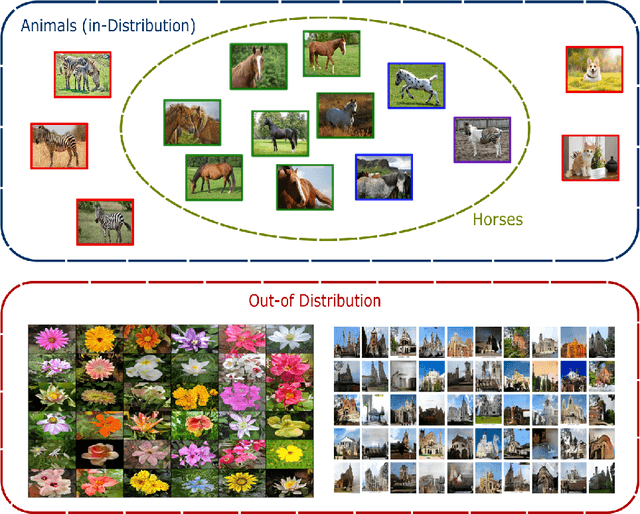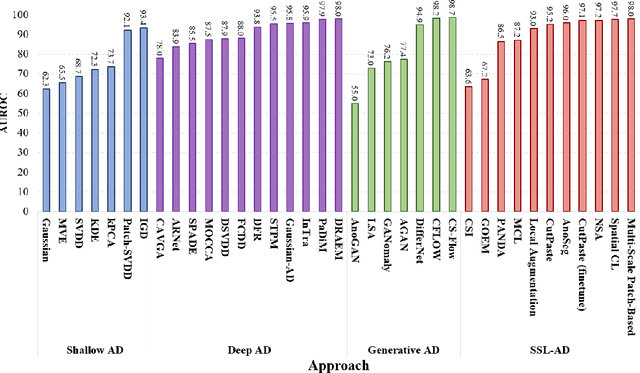Self-Supervised Anomaly Detection: A Survey and Outlook
Paper and Code
May 12, 2022



Over the past few years, anomaly detection, a subfield of machine learning that is mainly concerned with the detection of rare events, witnessed an immense improvement following the unprecedented growth of deep learning models. Recently, the emergence of self-supervised learning has sparked the development of new anomaly detection algorithms that surpassed state-of-the-art accuracy by a significant margin. This paper aims to review the current approaches in self-supervised anomaly detection. We present technical details of the common approaches and discuss their strengths and drawbacks. We also compare the performance of these models against each other and other state-of-the-art anomaly detection models. Finally, we discuss a variety of new directions for improving the existing algorithms.
 Add to Chrome
Add to Chrome Add to Firefox
Add to Firefox Add to Edge
Add to Edge